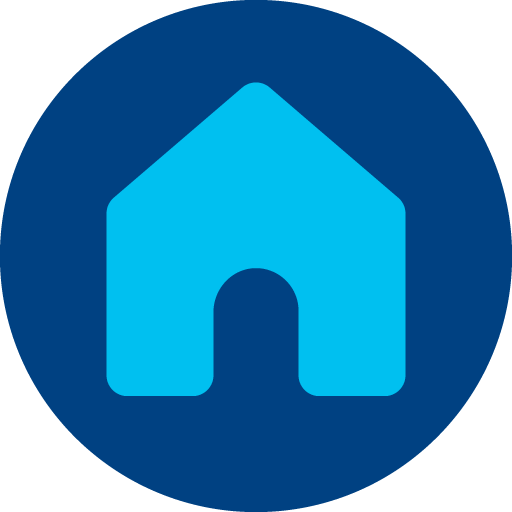IP Routing to PBX or Media Gateway
Imagicle Digital Fax can be easily interfaced to any customer's PBX or Media Gateway, providing it supports SIP or H.323 trunking, with T.38 FoIP protocol.
Routing requires an unencrypted SIP trunk on TCP port 5060, or an unencrypted H.323 trunk on TCP port 1721, without authentication. If T.38 is not supported, Imagicle can negotiate G.711 a-law or u-law pass-through codec.
On the PBX or gateway, you just have to add a route for each fax DID, pointing to above mentioned IP trunk. The route can include the destination fax number in E.164 format or just an internal directory number.
Same SIP or H.323 trunk is used by Imagicle Digital Fax to route outbound faxes. Destination fax number can optionally include PSTN breakout prefix (like "9"). LCR is supported too, where Digital Fax can point to different local PBX/GWs based on fax number country/area code.
Please contact Imagicle Support for more details.
